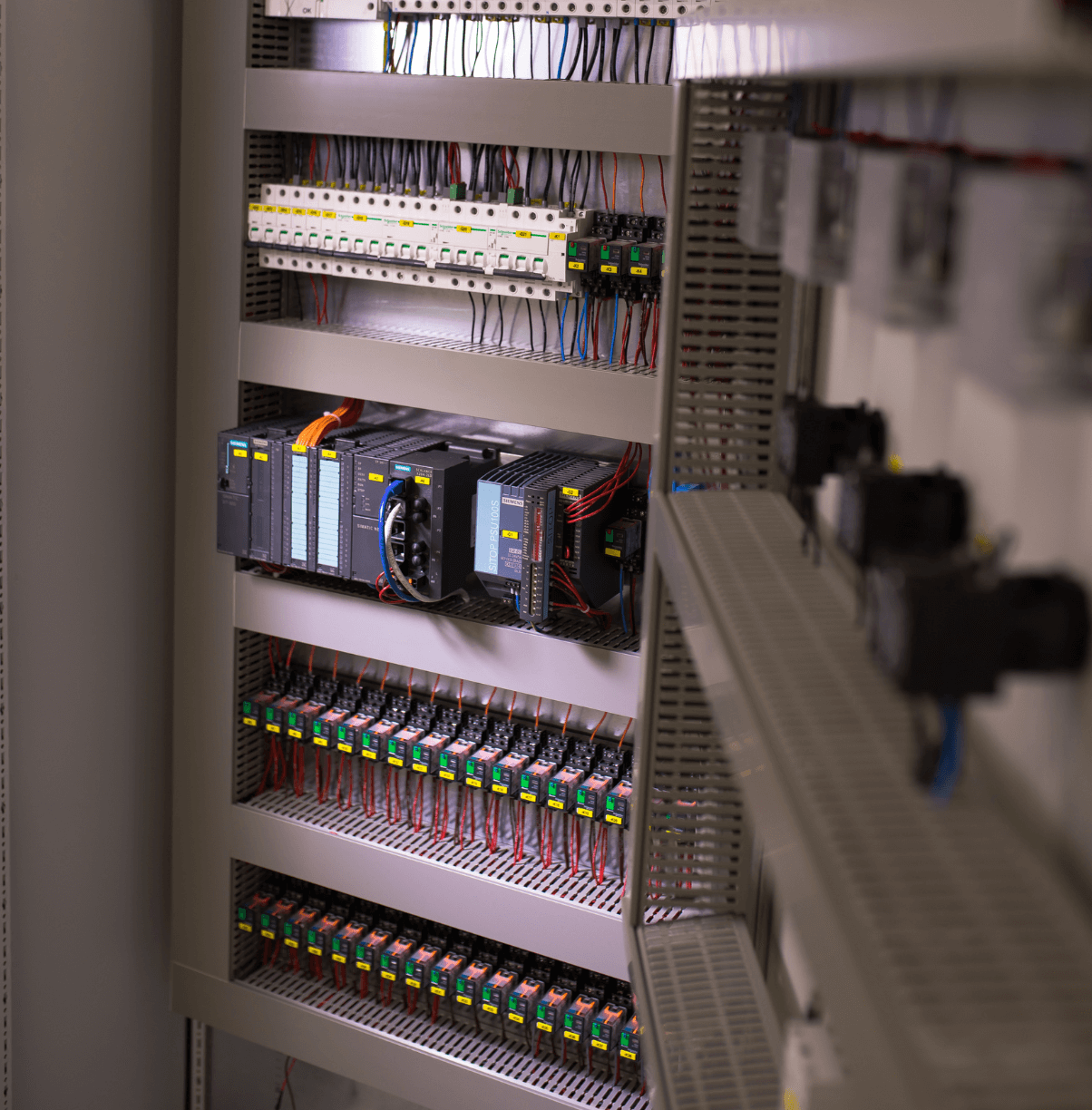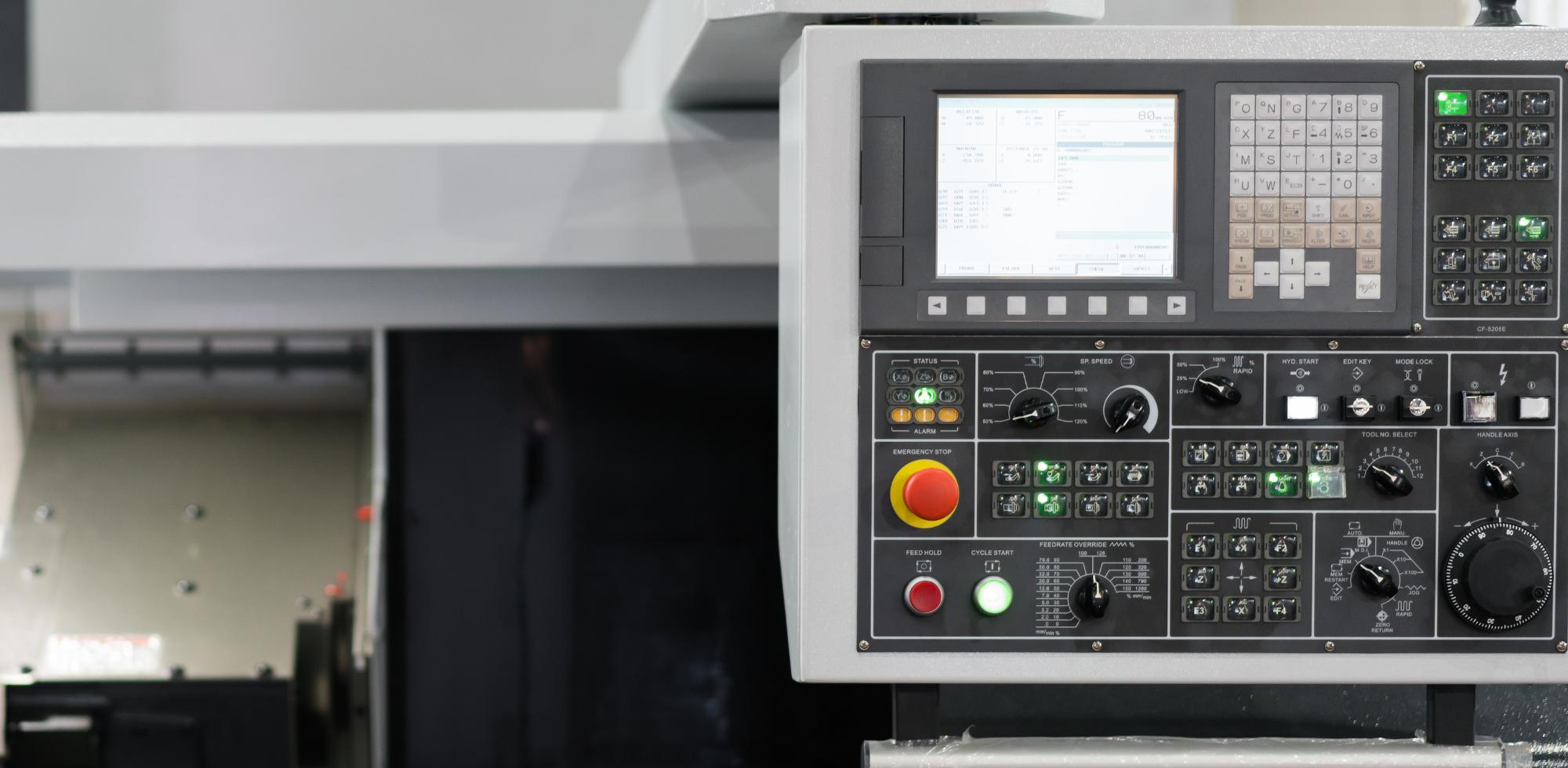Information and Communication Technology (ICT) and Industry 4.0 are closely connected, as ICT plays a key role in enabling Industry 4.0. Industry 4.0 refers to the fourth industrial revolution, which is characterized by the integration of advanced technologies, such as the Internet of Things (IoT), artificial intelligence (AI), and machine learning, into manufacturing and industrial processes.
The importance of ICT in industry 4.0
ICT is a key enabler of Industry 4.0, as it provides the infrastructure and technologies needed to connect and communicate with the various sensors, devices, and systems that make up an Industry 4.0 system. This includes technologies such as wireless and wired communication networks, cloud computing, and big data analytics.
In an Industry 4.0 system, ICT is used to collect and transmit data from sensors and devices, as well as to analyze and process this data using AI and machine learning algorithms. This data is then used to optimize and automate industrial processes, improving efficiency, productivity, and quality.
Overall, ICT and Industry 4.0 are closely connected, with ICT playing a crucial role in enabling Industry 4.0 by providing the infrastructure and technologies needed to collect, transmit, and analyze data, as well as to optimize and automate industrial processes.
ICT in electric cabinet production
Information and Communication Technology (ICT) plays many roles in electric cabinet production, including:
Design and modeling
ICT tools, such as computer-aided design (CAD) software, are used to design and model electric cabinets, allowing for the creation of detailed plans and specifications for the production process.
Manufacturing
ICT is used to automate various aspects of the electric cabinet production process, such as cutting, bending, and welding. This helps to improve efficiency, reduce waste, and improve the quality of the finished product.
Quality control
ICT is used to monitor the production process and ensure that the electric cabinets being produced meet the necessary quality standards. This can include the use of sensors and other monitoring devices, as well as data analysis tools, to detect and address any issues that may arise during production.
Supply chain management
ICT is used to manage the supply chain for electric cabinet production, including the procurement of materials, the scheduling of production, and the tracking of finished products. This helps to improve efficiency and reduce costs. ICT plays a key role in electric cabinet production, helping to improve efficiency, quality, and supply chain management throughout the production process.
The use of software applications for added value
To completely improve our cabinet production process and add value, we have developed in-house several software solutions;
- The first of which is a QRI cloud. A QRI cloud is software that saves valuable technical information on each electrical cabinet produced in a highly secured cloud space, utilizing the latest available technologies.
There are several advantages to using QRI Cloud – an application that scans the QR code of an electric cabinet and enables you to store and access technical documentation and other information in a secured cloud space:
Convenience
The ability to access technical documentation and other information about an electric cabinet using a QR code scan can be very convenient, especially when working on-site. This can save time and effort compared to having to manually search for or retrieve the information.
Improved efficiency
Storing technical documentation and other information about electric cabinets in a cloud-based system can help to improve efficiency by allowing multiple users to access the information simultaneously, regardless of their location. This can be especially useful in situations where multiple people need to access the same information simultaneously, such as during installation or maintenance.
Enhanced security
Storing technical documentation and other information about electric cabinets in a highly secured cloud space can help to enhance security by protecting the information from unauthorized access or tampering. This can be especially important for sensitive or proprietary information.
Easy access to information
Using an application that scans QR codes to access technical documentation and other information about electric cabinets can make it easier for users to find the information they need, as it is all stored in a single, centralized location. This can help to improve productivity and reduce the risk of errors.
- The second one is an application that tracks and records all lifecycle stages of a particular electrical cabinet, starting from design and ending with a final phase of physical production.
The advantages of using a product lifecycle management (PLM) application that tracks electric cabinet production from design to delivery are obvious:
- Improved efficiency again: A PLM application helps us to improve efficiency by providing a centralized location for storing and accessing all of the information related to the production of electric cabinets, including designs, specifications, and production schedules. This also helps with the reduction of the time and effort required to access information and helps by improved communication and collaboration among team members.
- Enhanced quality: A PLM application helps to enhance the quality of electric cabinets by providing a systematic approach for tracking and managing the various aspects of the production process, including quality control and testing. Any issues that may arise during production are quickly identified and addressed.
- Better decision making data: A PLM application provides a wealth of data on the production of electric cabinets, which we fully use to make informed decisions to additionally optimize the production process. This includes data on production efficiency and quality, as well as data on customer demand and market trends.
- Improved traceability: A PLM app helps to improve traceability by providing a comprehensive record of the production process for each electric cabinet. A PLM application in practice is shown to be very practical as it provides a range of advantages including improved decision-making and efficiency processes.
In short, the benefits of automating electric cabinet production processes as an integral part of industry 4.0. the approach is impossible without comprehensive ICT support in various forms.



